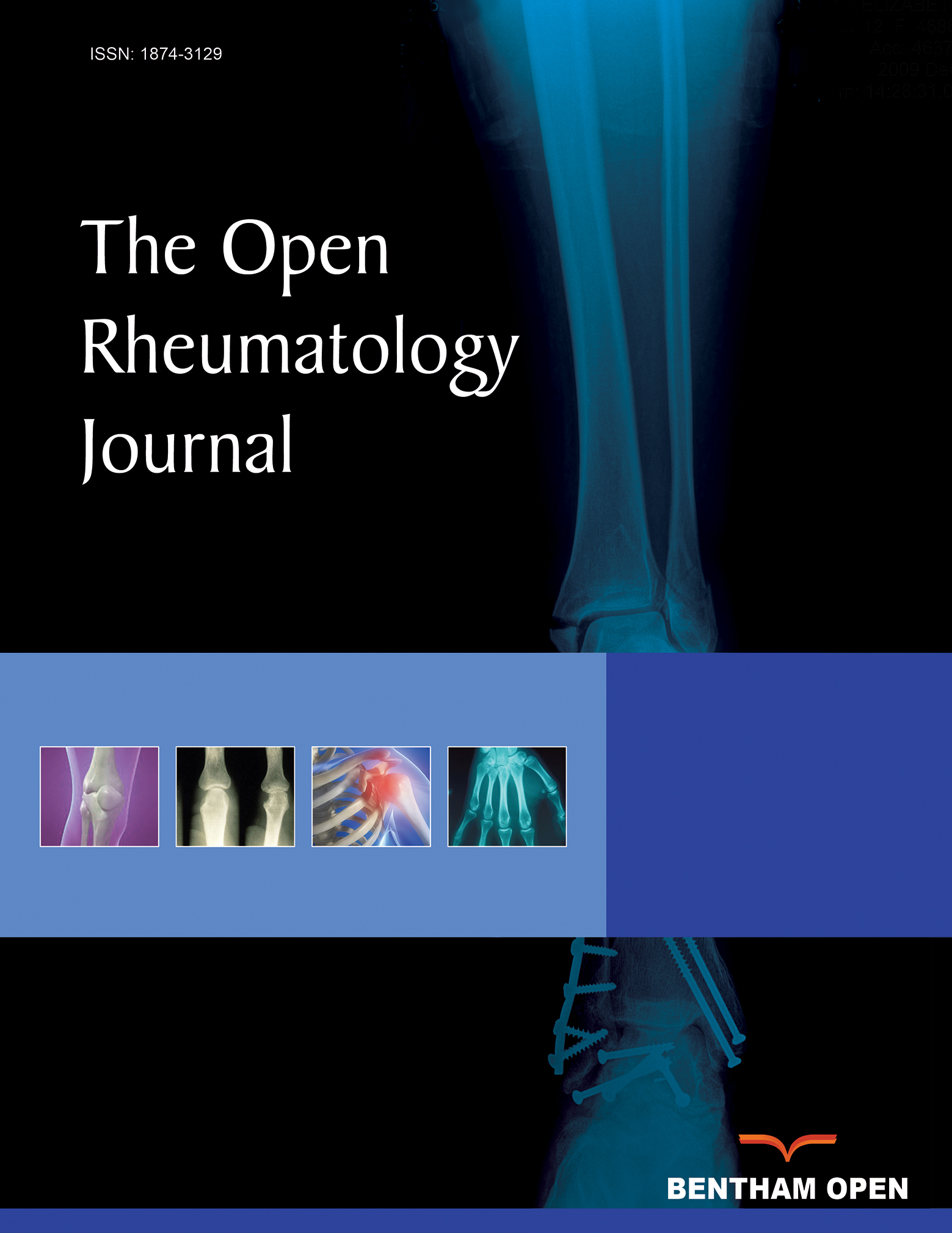All published articles of this journal are available on ScienceDirect.
Clinical Characteristics of Systemic Sclerosis-associated Myopathy Patients Comparing Different Subgroups of Inflammatory Myopathies
Abstract
Background:
Available data regarding clinical characteristics of systemic sclerosis-associated myopathy (SSc-M) patients comparing different subgroups of muscle pathology are limited. We aimed to compare clinical and laboratory findings among different subgroups of Thai patients with SSc-M.
Methods:
From January 2010 to December 2019, 27 patients with suspected SSc-M underwent a muscle biopsy. Twenty-three patients with available frozen muscle biopsy specimens for repeating immunohistochemical stained for reviewing were included. There were three subgroups of pathological findings, including immune-mediated necrotizing myopathy (IMNM), non-specific myopthy (NsM), and polymyositis (PM). No fibrosing myopathy was observed. Baseline clinical data and laboratory findings were compared within those three inflammatory myopathies.
Results:
Of the 23 SSc-M, there were 14 females and 19 DcSSc with a mean age and disease duration of SSc of 53.6±7.7 years and 16.4±23.6 months, respectively. Their mean duration from weakness to muscle biopsy was 3.6±6.0 months. There were 14 (60.9%) patients with IMNM, 6 (26.1%) with NsM, and 3 (13.0%) with PM. At the biopsy date, IMNM had a greater prevalence of severe muscle weakness (42.6% vs. 0% vs. 0%) and arthritis (87.5% vs. 50% vs. 0%) than the NsM and PM groups. There was no significant difference among the three inflammatory patterns regarding baseline clinical characteristics, including age, gender, SSc subtype, disease duration, other organ involvements and median values of CK and ESR levels.
Conclusion:
In this study, we found that the pathological findings of Thai SSc-M were IMNM, NsM, and PM. No fibrosing myopathy was observed. SSc with IMNM tended to have more severe baseline muscle weakness and arthritis than the other inflammatory patterns.


